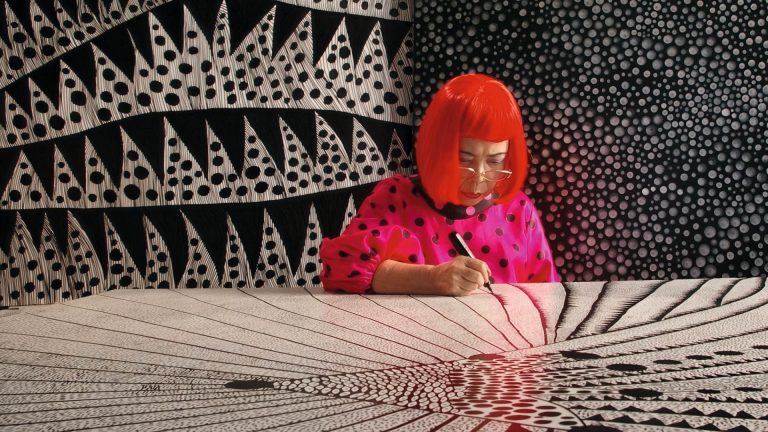The Brussels Brafa traditionally opens the art fair year. One of the most respected antiques shows will take place for the 69th time (28 january — 4 february).
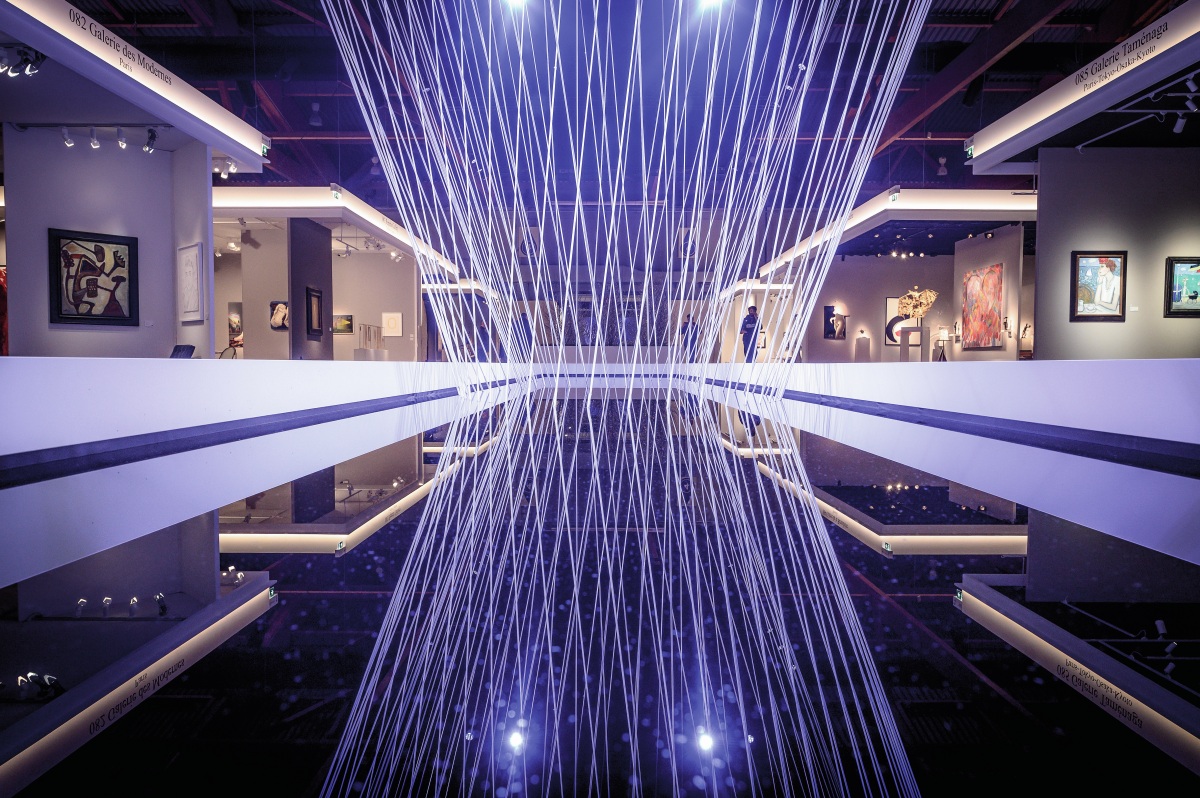
Even as it approaches the end of its sixth decade, the Belgian art fair Brafa maintains its pioneering status in the annual art market cycle: it draws prestigious new galleries, carefully collaborates with numerous European collectors, and swiftly responds to the market environment and fluctuations in its sector. Indeed, having relocated three years ago from the atmospheric industrial building of Tour & Taxis to the more remote but spacious and modern Brussels Expo, the organizers continue to enjoy the fruits of their decision. Firstly, it offers convenient transportation accessibility for both gallery owners and visitors. Secondly, the spacious interior: the fair can accommodate more marchands, expand art stands, create bigger lounges for relaxation and presentations of non-profit and museum projects, and finally, seat more guests at the traditional opening day gala dinner. Thirdly, its location near one of Brussels’ landmarks, the Atomium and the Design Museum, provides additional opportunities for the educational and entertainment programs that Brafa is famous for.
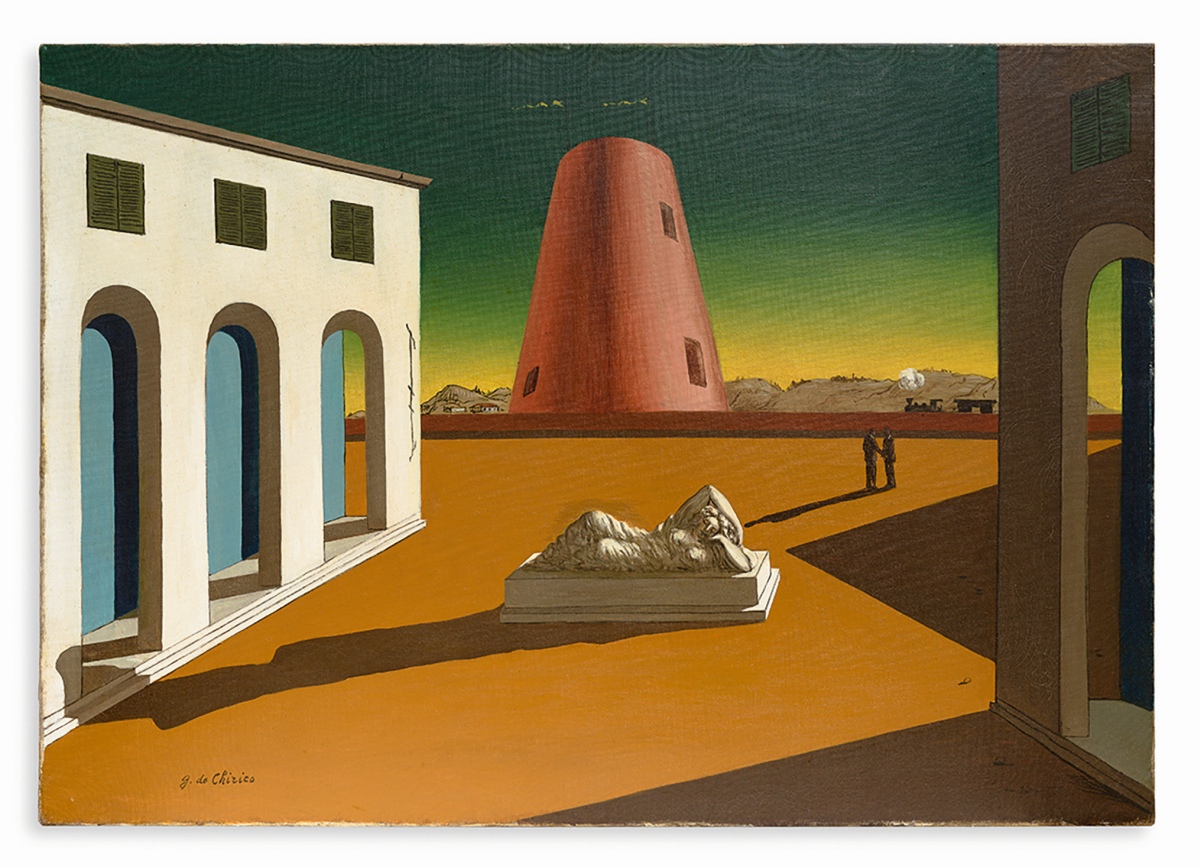
The centenary of Surrealism, which will be celebrated in 2024, will be at the heart of the fair’s programs. Surrealism dates back to the publication of the Manifesto of Surrealism, released a century ago by André Breton, which gave rise to an artistic and philosophical movement that shaped the entire culture of the 20th century. Moreover, July will mark 30 years since the passing of Belgium’s leading surrealist Paul Delvaux — in celebration of him, the Paul Delvaux Foundation will be the honored guest of the fair and will host an exhibition from the artist’s museum in Saint-Idesbald.

Dealers will also commemorate the anniversaries by showcasing works by surrealists of all kinds at their stands. For instance, recognizable paintings of nude women and watercolors by Delvaux himself can be found at Parisian Galerie Jean-François Cazeau and Galerie Taménaga, Geneva Opera Gallery, and Belgian galleries Harold t’Kint de Roodenbeke and Guy Pieters Gallery. De Jonckheere will display René Magritte’s graphics, while Repetto Gallery and Rodoplhe Janssen will exhibit paintings by Giorgio de Chirico and Emily Mae Smith respectively. DIE Galerie from Frankfurt am Main will bring Max Ernst’s bronze sculpture Corps Enseignant Pour une École de Tueurs, created as an illustration to George Orwell’s 1984 novel.

Overall, the 69th edition of the fair will feature 132 galleries from 14 countries, ensuring that the fair’s unofficial motto — Eclecticism Everywhere and Anywhere — is fully realized. Here, old masters will coexist with modern and contemporary art, antique Louis XIV-era furniture with 20th-21st century design, antique sculpture with African statuettes, cabinet bronze with comics and vintage jewels from last century’s great jewelers.
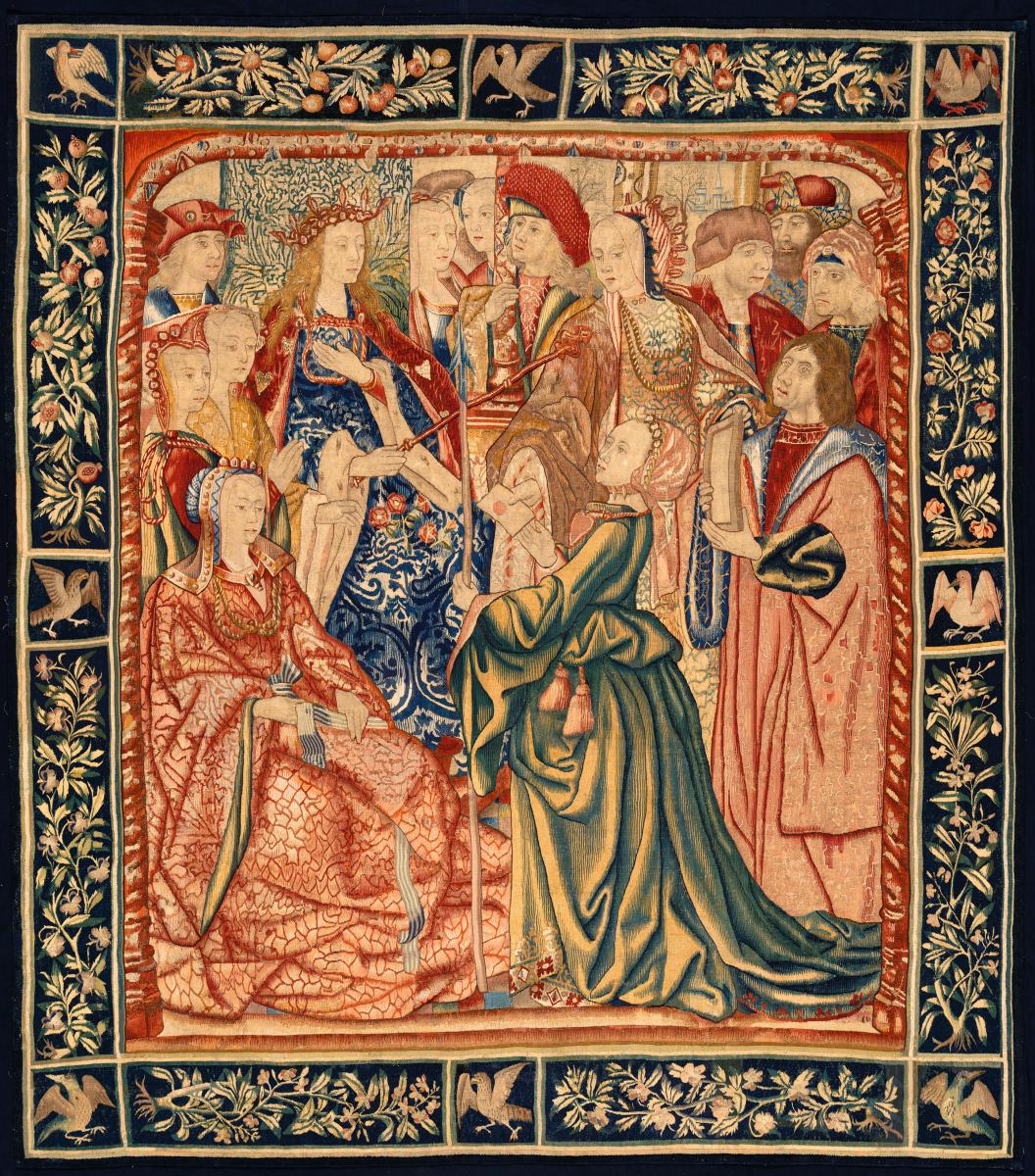
Among the notable newcomers to the fair is the esteemed Nicolás Cortés Gallery from Madrid. At their stand, they will showcase Francisco de Zurbarán’s museum-quality Still Life of Lent and Francisco Goya’s large canvas Adoration of the Cross, painted by the artist for the Santa Cruz chapel near Zaragoza. Ralph Gierhards Antiques from Düsseldorf will bring a stunning late 18th-century British cabinet adorned with Florentine mosaic panels. The Dutch Heutink Ikonen will offer collectors Greek, Balkan, and Russian icons from various periods. These, along with the Russian representatives of the Paris School scattered across various galleries, will leave a small Russian imprint on this season of Brafa.
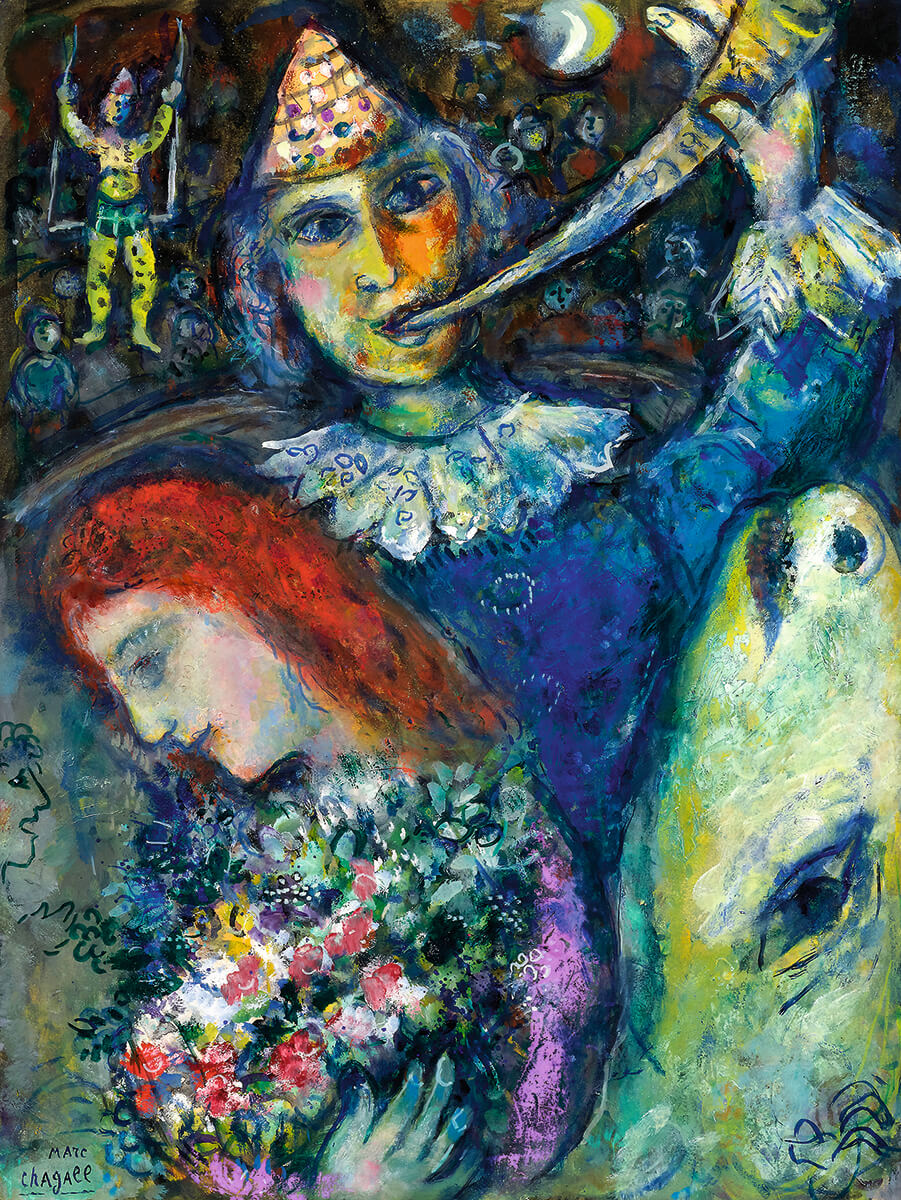
Photo: press-office


